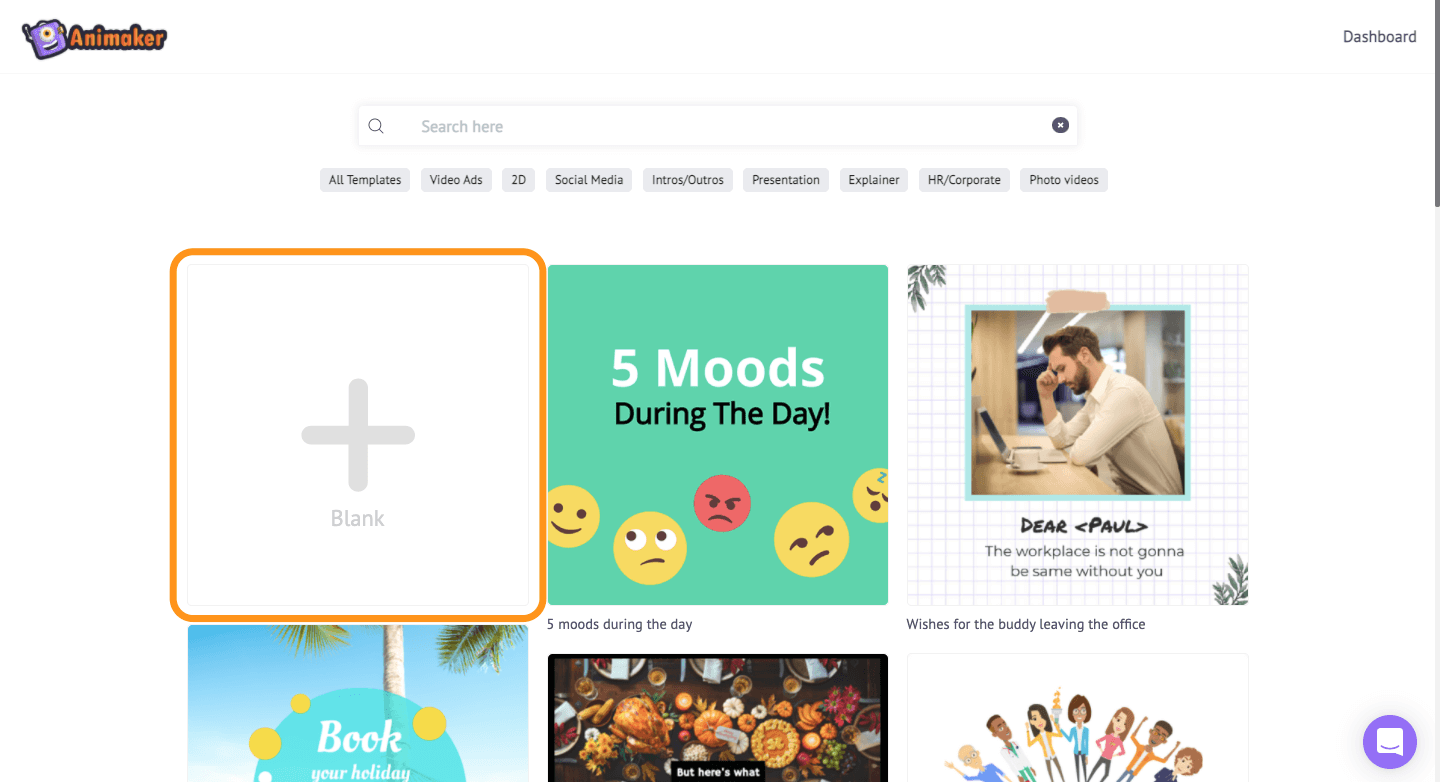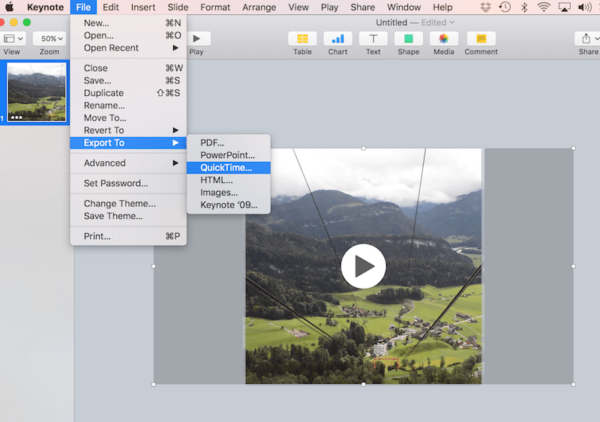

If you know you want your video content to be for one platform only, then the answer is easy. ie: with the camera at a 90 degree angle.

So much so that good rectangular content should be shot on your DSLRs the way you would take a portrait photo. The framing is so different that it requires completely different composition. This poses a MUCH bigger problem for videographers around the world, because content that is primarily shot for a vertical screen cannot be easily re-purposed for square and/or rectangular consumption. However, with the rise of stories on both their platform and the Instagram - I think it's going to be sooner rather than later when they start advising to upload vertical videos instead of square. A great tip would be to always shoot in 4k so that you've got capacity in post-production to re-frame to your heart's content without really sacrificing quality.įacebook advises users to upload their videos in square format. It is very important to consider this in the pre-production stage and ESPECIALLY when filming so that your framing and composition suits both styles. A rectangular version and a square version. So I would make every video you produce have two variations. And video is now especially being consumed on social media. A rectangular video will specifically work for a video on your website if the majority of traffic is coming from desktop users.īut that's the thing, we're a mobile first society now. For stories on Facebook and Insta it will give you real estate to add captions on top and at the bottom of the video. That will work well on Linked, Facebook, Insta and obviously Youtube. However, that's lazy and not really consistent with a video strategy - more of the 'one and done' approach to video production which doesn't really yield any results for companies any more. Because video is such a versatile media and there are now so many platforms that host video, there are little nuances to each aspect ratio and hosting platform.įor those who just want THE one aspect ratio that will be best suited for cross-platform use I would say to play it safe and make a rectangular video (16:9) and keep it 1920x1080p in size. The sceptics claim it will make your computer crash, but I'm hopeful that it will save us countless hours in the editing suite optimising one video into different aspect ratios for clients, and hence being able to pass the cost saving onto them.īut back to the original question, and I'm afraid there's no easy answer - there are many considerations to make.
#Create square video software#
Luckily, Adobe today released Artificial Intelligence software that should make producing one video in 4 or 5 different aspect ratios as easy as a a click of a button.

I've been producing online video content for 15+ years and this question challenges me, so I can imagine it can be a little confusing for someone who's not an expert.Īspect ratios have only become a problem in the last 3 to 4 years due to the explosion of mobile and social media video.


 0 kommentar(er)
0 kommentar(er)
